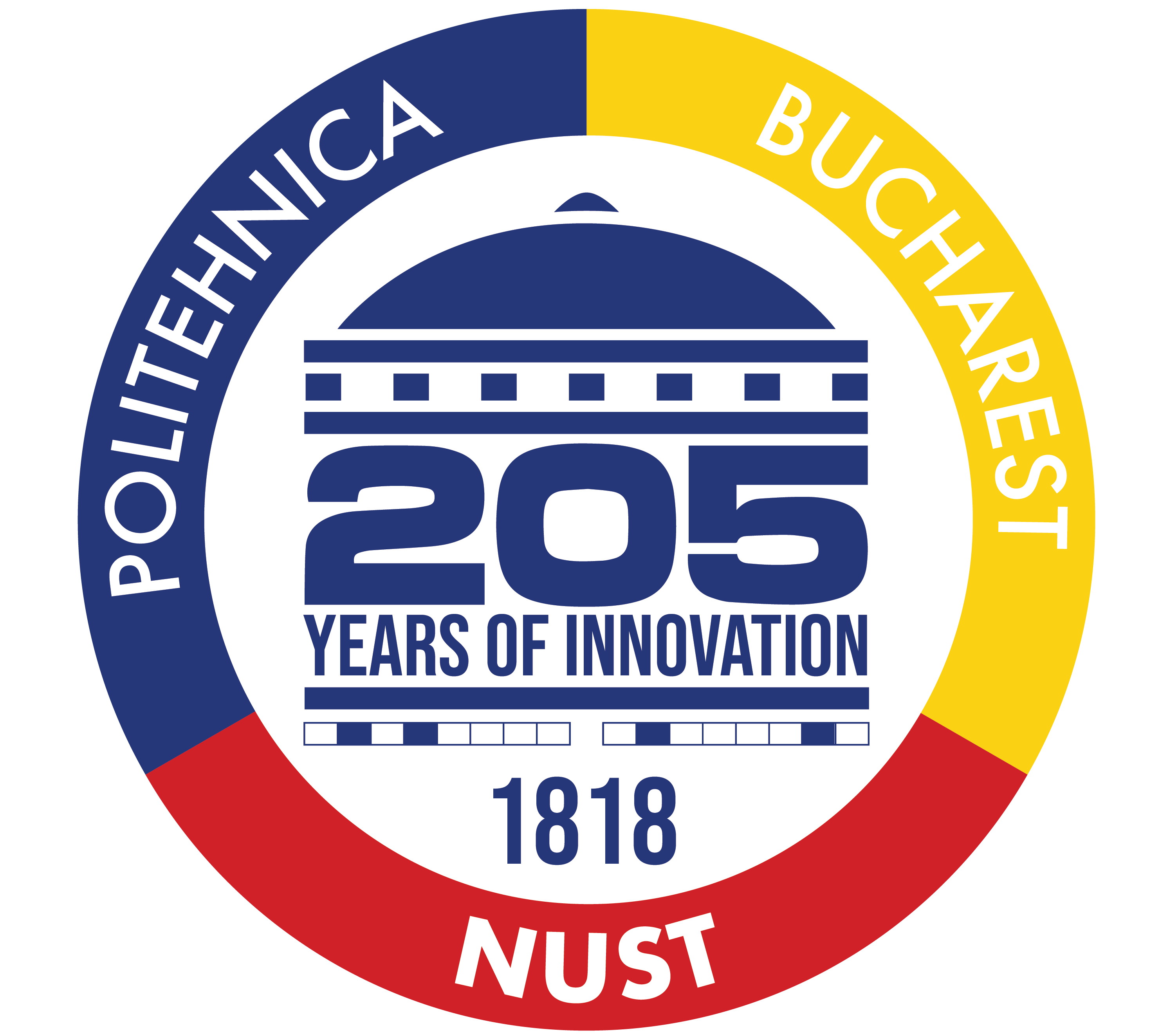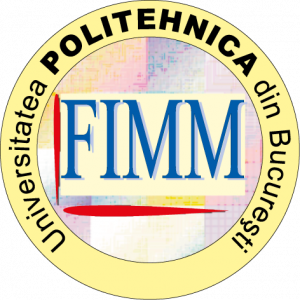Brasov – Kronstadt the former name
The City of Brasov
In Brasov, during week ends, everybody naturally goes to Poiana Brasov. Of course, for everyone visiting the City under Tampa, The Black Churh, The Council Tower and the “Cerbul Carpatin” restaurant are a must.
Local administration is set on rebuilding all the necessary infrastructure that can hopefully assist the mountain loving camper to easily select the route along which he wishes to go mountaineering.The tracks leading to and from Poiana Brasov are fortunately very well marked.Most of the tourists use the cable transport to get up to the “Cristianul Mare” a first class mountain cabin,at 1704 m altitude,an only 20 minutes walk away from the “Postavarul” Cabin (1640 m). In Poiana you’ll of course find most of the people walking, having picnic lunches or sunbathing.The route leading to Brasov is covered in asphalt, with breath taking curves and fantastic views of the valley.
Brasov (324.000 habitants), considered the heart-town of Romania, is an important economic, touristic, cultural and sportive center of the country. Brasov is 171km far away from Bucharest. The most usual ways to Brasov are the road through Prahova Valley and the railway who goes in parallels with the road. Situated at 592m, on the interior side of the curvature of carpathian chain, to the foot of Tampa Mountain(960m), Brasov is situated in the middle of depression. Its climate is moderate, with average annual temperature of 90 (-50 in January and 190 in August).
Historic dates – on the actual teritory of the city, a big number of settlements in the neolithic age and the bronze age was descovered. In the iron age, the Dacians had stable establishments on the vallies where the actual districts of the city are situated. Brasov was for the first time certified in the Middle Age, in a document in 1521, under the name of Brassovia. Become a free town with commercial rights, Brasov will become in a very short time a city with a prosperous commercial situation, having intense relations with Moldavia and Wallachia.Brasov is situated on one of the oldest commercial roads, this was the meeting place of Wallachia, Moldavia and Transylvania.At the end of XVIth century, Brasov had started to raise up a fortress, but its fortifications were not ready when first Turkish invasion in Transylvania took place(1421) and the city was conquered. Turkish invasion restarted in 1434, but they cannot conquer the city, beeing surrounded by hard fortifications.Under the walls protection, Brasov become more and more prosperous.
Local stations radio: Radio Brasov (87,8 FM) and Radio Contact.
Local daily paper: “Transilvania Expres”, ” Jurnalul de Brasov”, “Gazeta de Transilvania”, “Buna ziua, Brasov”.
Touristic objectives in Brasov :
- Brasov fortres – erected between XIVth and XVIIIth centuries; known as one of the most strong fortress in Transylvania. It’s the keeper of a big number of vestiges: Poarta Ecaterinei, Poarta Ecaterinei, Bastionul Postavarilor, Bastionul Tzesatorilor, Bastionul Fierarilor.
The White Tower and the Black Tower are two fortifications exterior to the fortess who were kept in a very good condition. - Black Church – XVIth century – it has been qualified by the speialists beeing the most representativ monument of the gottic art of our country.This church is the owner of an organ with 4000 tubes, of an famous organist in the hall world – Stas Ekhardt-and of a famous colection of oriental carpets.It was named Black Church by the spots of soot remained on the walls from the big fire in 1689.Imposing building, 89m long, 21m high and 38m wide,with an interior tower built afterwards (65m high). Black Church is a Catholic church.
- Piatza Sfatului (Council Square) – an old place for bargain, is dominated bt the old building of the council (XV th century), with a tower to controle the access to town.The foundation and the ground floor of the tower, who are still conserved, prove that this monument was raised up in 1528.Once it used to be the center of the Townhall.To the ground floor of the tower, we can find the History Museum where are exposed objects from neolithic and paleolithic age.
- Bartholome Church ( XIIIth – XIVth century ) – very imposing with strong fortifications consolidated with contreforts. It’s a gottic style construction.
- Catholic – Roman Church (21 Muresenilor Street) – built on the place of an old basilic between 1776 – 1782. It’s an illustrative monument in baroque style with stained -glass windows.
- Art Museum (21 Eroilor Bld.) – the owner of some very valuable pictures of great painters: Nicolae Grigorescu, I.Andreescu, Stefan Luchian, Nicolae Tonitza.
- Casa Negustorilor numita si Casa Hirscher (The merchant’s house) – built in 1545 by the model of the ancient market halls in West Europe. This house is in present “Cerbul Carpatin” restaurant.
- The First Romanian School Museum
- Dramatic Theatre ( Eroilor Bd)
- Ethnography Museum (23 Eroilor Bd). Open: 9 – 17.00 / Monday closed
- Sfantul Nicolae Church (sec XVI- XVIII)
- Sti Petru and Pavel Church (sec XVIII)
- Sfanta Treime Church (sec XVII – XIX)
- Adormirea Maicii Domnului Church (Dealul Melcilor).





